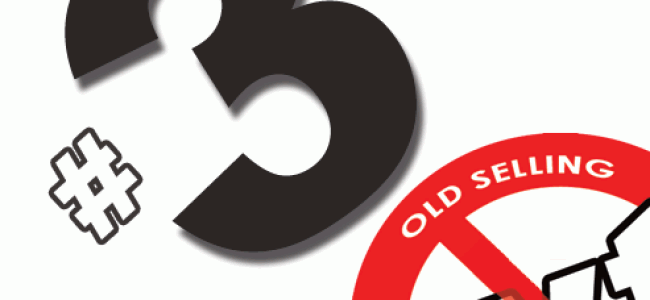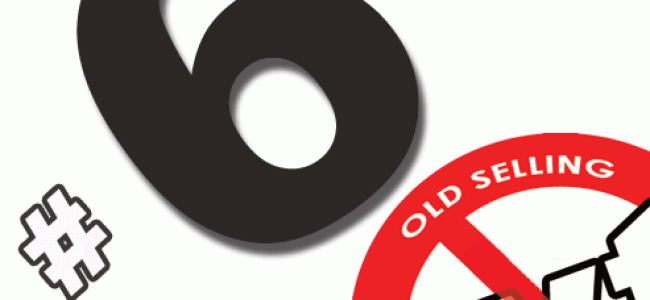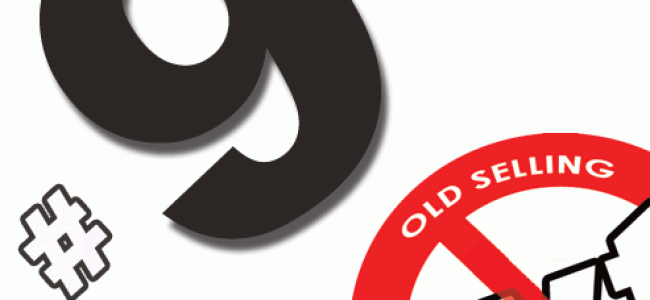Sellers Beware: The Procurement Gap

There is often a gap between how the buying decision should be made and how it is actually going to be made. That is between the buyers internal procedures, or external view of buying best practice and the everyday reality of rushed, or messy decisions. We call it the Procurement Gap. Helping the buyer to […]
Myth #1: It’s All About Selling!

Many sellers have spent too long on one side of the table to be able to relate to buyers and exactly what they are thinking. They need to stop looking at selling through a sales-centered lens. (a) It’s About Buying! ‘It’s the economy, stupid!’ is a phrase that played an important role in the election […]
Myth #2: The Seller Is In Control

Perhaps the greatest myth of all in respect of selling relates to who is in control. It is widely believed that the seller can or should be in control. However, nothing is further from thetruth. The Seller As The Center Of The Universe Notice anything wrong with the diagram below? Well, as out of place with […]
Myth #3: The Unsophisticated Buyer

It can be tempting to underestimate the buyer — to assume they know less or are less sophisticated than the seller. Increasingly, this is a dangerous assumption. As we discussed in the previous section today’s buyers often know more than the sales team selling to them. They are exercising greater care in how decisions are […]
Myth #4: Buyers Want To Be Sold To

A typical mistake made by salespeople is to assume that buyers want to be sold to. Buyers may want to buy, but that does not mean they want to be sold to. Indeed, as noted earlier, that is often the last thing that they want. They don’t want to be treated as a lead, a […]
Myth #5: It Is A Buying Decision

It is all about the buying decision, right? Well it used to be, but not anymore. Today’s major purchase requires not just a buying decision but a more fundamental businessdecision. Saying that a major purchase is a business, as opposed to a buying decision is not just a play on words. The two are dramatically different. […]
Myth #6: Buyers Buy Products & Services

Most salespeople are still selling products and services. That is in spite of the fact that what buyers really want are solutions to problems, not products and services. Take a look back at the Fortune 1000 buying process. How many times does it talk about product or service? Certainly a lot less than it talks about […]
Myth #7: It’s About Selecting A Supplier

Salespeople expect the Fortune 1000 buying process to focus on ‘shopping for a supplier’ and to include such steps as: Defining vendor selection criteria. Short-listing vendors. Briefing shortlisted vendors. Eliciting vendor proposals. Vendor presentations and clarifications. Vendor selection. Notification of successful and unsuccessful vendors. Final negotiation of terms and signing of contract. But these steps […]
Myth #8: Sales Process Equals Buying Process

It follows that as selecting a supplier is only a small part of the process, the sales process is typically only a small part of the buying process. The buying process is not just the search for a supplier and it does not begin by talking to suppliers about their solutions. It often begins long […]
Myth #9: The Competition Is Another Supplier

Sellers mistakenly assume that the competition is another supplier. However, in most cases it is not. The real competition is another project vying for the same resources, a decision todelay, a decision not to proceed or to do it in-house. With pressure on budgets, projects and purchases must compete for scarce organizational resources. Manager-buyers must demonstrate […]
Myth #10: The PO Is Everything

For most salespeople the purchase order is both the alpha and the omega, the beginning and the end. The problem is that buyers see things very differently. Where Is The Purchase Order? By searching through the detail of the activities set in the Fortune 1000 buying process, we see that the PO or selection of […]
Myth #11: Purchasing Pushes Paper

Sellers have traditionally had a degree of antipathy towards purchasing departments. So too have buyers. That is because its bureaucratic ways were seen as a hindrance to thesale. However, the role and the value of the purchasing function have been radically transformed. Purchasing can now be a powerful ally to both buyer and seller alike. […]





























